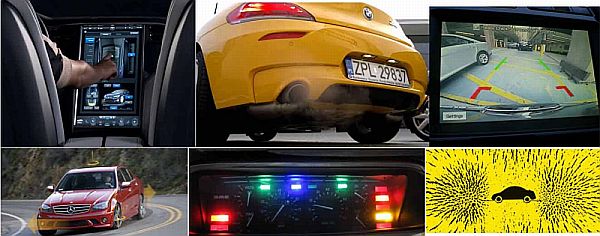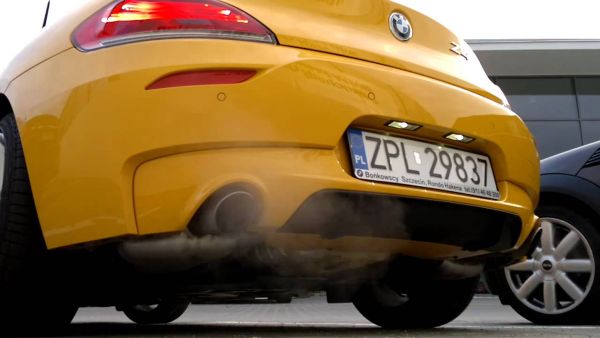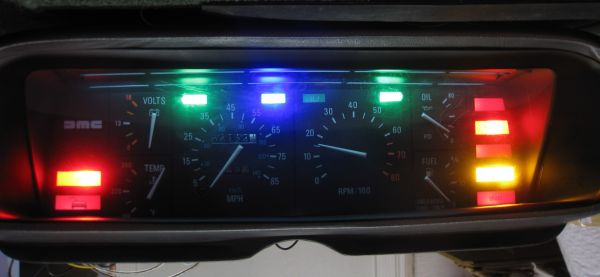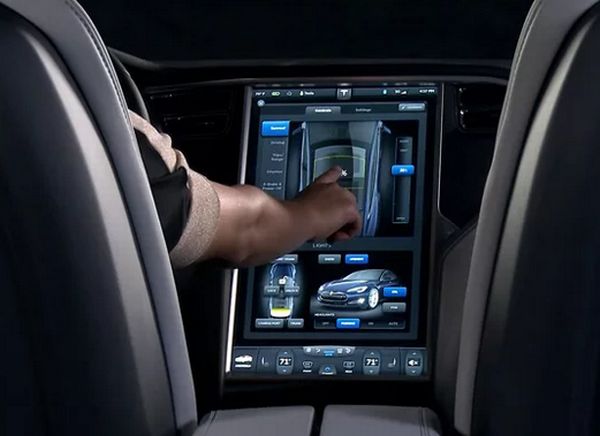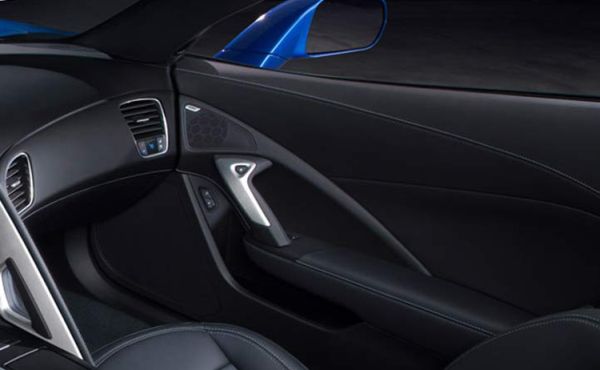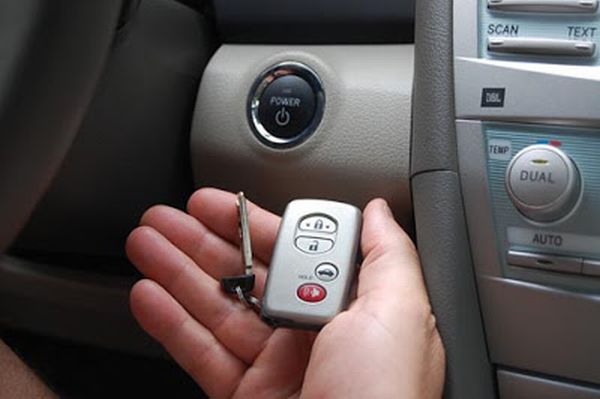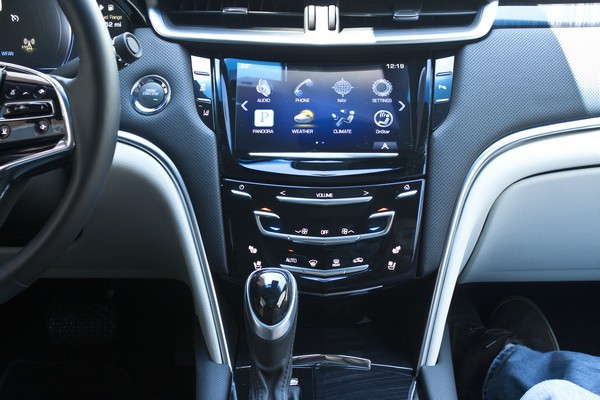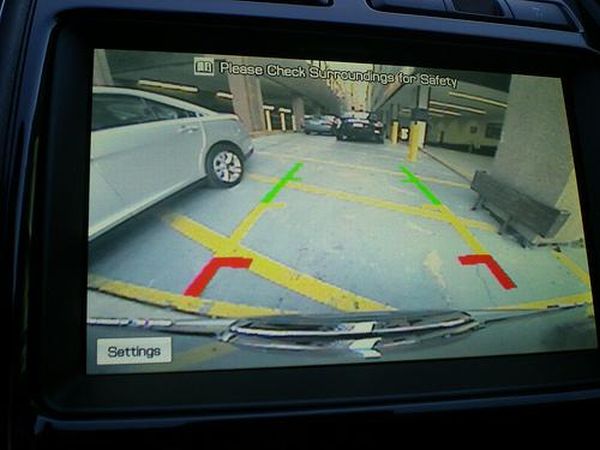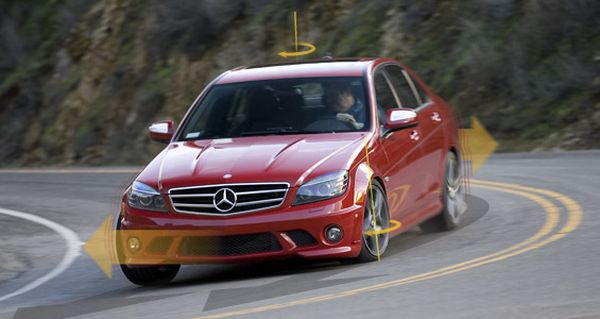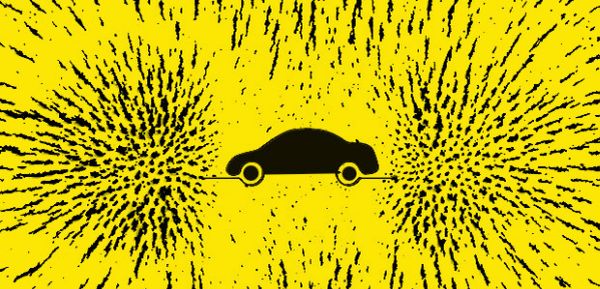Owning and driving a super tech car is what all autotech aficionados aspire for. Keeping in mind the tremendous development in the automobile technology, the driving experience has transformed significantly. But the question is that whether this development is towards a betterment or is there something else hidden beneath the thrill. In an attempt to answer this, we have compiled a list of ten such tech developments that we need to think whether they are bane or boon, so here we go,
1) Exhaust note
Along with working towards the high-end technology for engines, carmakers have equally given importance in creating right note for sound mechanics of the exhaust systems. They have been working on this since the past ten years or probably more than that. For instance, BMW employ car’s audio speakers for parsing out the exhaust roar. One of the main reasons for working on the exhaust notes is the efficacy of the modern engines, which block the subsequent noise that is produced, and secondly the engines are far enough to give out a roaring thunder note. In an attempt to solve this problem, carmakers have regulated an engine’s actual exhaust note to different routes, which till some extend have solved the problem. However, parsing the exhaust note at the sake of the car’s audio system is technology at its worst.
2) Inaccurate signals
For car owners, there is a problem while detecting the real issues with a car, for instance, there has been a faulty wiring harnesses in 2013-14 Ford Escape, Ford Focus ST so instead of displaying a message or hinting otherwise, the machine issued numerous inaccurate signals to the powertrain control module. What would the owner suppose to make out of these, we have already assumed that the machines are smarter, at least in displaying the correct version of the problem; anyways, the vehicles have been recalled already.
3) Touchscreen in-car dashboard
Touchscreens are ubiquitous in our lives be it cellular phones, tablets, portable devices, appliances, they are just everywhere. Hard buttons are nearly obsolete. Day by day, we are becoming accustomed to touch displays and soon enough we would be witnessing predictive user interface for cars. Currently, Tesla’s premium electric sedan Model S is setting up standards for honed performance and luxury that it offers. From the moment an owner steps in till its last function, everything is controlled by touchscreen, this makes the dashboard clutter free no doubts about that but what if the display screen malfunctions. Shouldn’t there be room for hard buttons especially for critical and basic functions?
4) Electric powered door
Like the touchscreen in-car dashboard, auto manufacturers are also replacing mechanical door release with electronic relays, as is the case with Chevrolet Corvette. The high tech feature is more or less an interior frivolity. What happens in situations like car consuming its all-electrical power, the battery is dead or worst-case scenario, the car catches fire in an accident and damages the electrical system. There has to be one mechanical alternative although it would be less intuitive and might not gel well with the aesthetics of the futuristic design but it is far easier for our reflexes to depend upon.
5) Keyless ignition system
No more twisting of keys or no more wearing out of moving components just pressing a button and get going, sounds awesome. The system has scored full when it comes to convenience and ease but there is another side of the coin, which says huge hassle in addition to a big expense. What if the only last fob is lost or stopped functioning whiles you were in some interior part of a jungle relishing nature’s beauty? Or incase, you happen to buy extra set of fobs along with the new luxury machine for keeping in different pockets then it’s all together different story.
6) Start & stop technology
Hybrid vehicles pioneered the spirit of idle stop to save fuel and lessen emissions when a vehicle is in idle state. At theoretical level, this sounds useful but at practical level, this is extremely fatiguing. For instance, an automatic engine stops for less than 3 seconds, while it starts in less than 1 second, which means slower acceleration and more strain on battery and of course the starter. Starting a car with the same amount of noise and vibration for covering less distance would give a feeling of longer commuting, which otherwise won’t be the case. If manufacturers could reduce the noise, vibrations and come up with solution that causes less wearing and tearing of battery might contribute towards taking up the larger market pie relatively.
7) Restricted access
Features including music, phone and display navigation must not be restricted to the driver’s seat only especially when the car is in moving state. The domains access must be spread to the side passenger seat as well. At times, these features become distractions thus causing accidents. Or else pulling up vehicle towards the side lane repeatedly for checking the display navigation or receiving phone calls might become cumbersome. Person occupying the passenger seat will become an extra help while accessing the currently restricted features.
8) Rear-view camera
Back-up cameras are way better in eliminating the blind spots at the rear of a car, especially while reversing and avoid backing into anything. While the reverse thingy is going one, the camera view takes over entire central display which makes one helpless in operating other functions like turning off the blasting heater or answering/rejecting a phone call. A smarter option would be adding up of at least basic features on the display screen while the car is being reversed.
9) Electronic stability control
The technology is aimed for assisting drivers to avoid crashes by lessening the dangers of skidding or losing control due to over-steering. Now the question is, what would be the level of system’s precision with respect to a threat that is obvious to a human driver. Hitting a vehicle parked at the side lane or a controlled skid only to save a kid who is running after a ball would be a voluntary act but what if the car’s computer disagrees and overrules the human’s ability in controlling the machine?
10) Electromagnetic radiations
Electromagnetic field or the EMF is generated by the flow of electric current to the motor that helps in moving a hybrid or electric vehicle. Several studies conducted on EMF exposure have postulated health hazards like cancer, miscarriage and depression. Although increasing number of electric car ownership has thwarted this idea but there has been doubts regarding commuting of pregnant women and infants in these radiation sodden vehicles.

